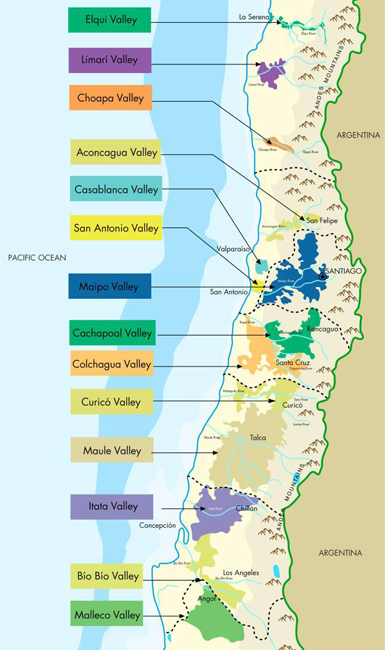

“We have spent the past 20 years putting Chile on the wine map, but now it needs to be more than Chile, it’s needs to be about the best regions, for example Puente Alto, or Apalta – I’m a believer in the DO concept, that is our view of the next 20 years,” he said. It retails in the UK for around £18.Ĭommenting that it’s a “challenge” to move people in Chile to a mindset that blends are not about using up the “leftovers”, but a way of creating fine wines – such as Lapastolle’s Clos Apalta – he said that it was important for the country’s producers to switch from promoting famous grapes to raising awareness for its top regions.

He’s also launching a top-end Cabernet Sauvignon from a 100 year-old vineyard on Lapastolle’s Apalta estate, which has been labelled Parcelle 8 after the plot where the grapes come from.ĭescribing it as an “everyday” wine, he said that the Lapostolle Apalta Red Blend contains a minimum of 50% Cabernet Sauvignon along with Carmenère, Merlot and Syrah. This site is currently barren following a fire that destroyed some of the native forest, which has meant he’s been allowed to put in vines – the forested mountainsides are protected by law. However, he’s also planting a 15ha plot in the hills with Carmenère and a small proportion of Cabernet. The Montes Winery, founded in 1988 by esteemed Chilean winemaker Aurelio Montes and three business partners and located in the region has played an influential role in developing the Chilean wine industry and launching it to the level of international acclaim.Speaking last month to the drinks business, Charles de Bournet, the owner and manager of Casa Lapastolle, said that he is going to plant 50 hectares of new vines in Apalta next year, having prepared the land two years ago, following the removal of Merlot, which is less well suited to the hot summers of Apalta.Ĭommenting that the land is on the lower part of the valley, he said that it was part of the Lapostolle estate that’s ideally placed for Cabernet Sauvignon, although he will also be planting some Cabernet Franc and Grenache. The Colchagua Valley is emerging as the 'King of Chilean Red Wines', and the regions wineries are demonstrating the quality of wines crafted from Bordeaux-style blends, like those from 115 year-old Carménère vines. The valley’s hot climate makes it ideal for producing powerful, bold red wines, but research and experimentation in cooler areas in the west, is resulting in lighter-style varietal wines, particularly with Sauvignon Blanc. Cabernet Sauvignon, Carménère, Syrah and Merlot yield excellent, concentrated wines, with a red fruit focus and ripe tannins. The valley’s diverse soils and micro-climates is ideal for a numerous array of quality grape varietals but extra attention has been paid to the Bordeaux varietals introduced in the late 19th century before Europe suffered its phylloxera crisis. The region is characterized by steep slopes of well-drained granite soils, irrigated by the Tinguiririca River which flows through the valley bringing clear melt water from the Andes.

Colchagua’s red varietals tend to be planted in the warmer east of the region, with Chardonnay and Sauvignon Blanc varietals planted in the cooler, ocean-influenced west.


 0 kommentar(er)
0 kommentar(er)
